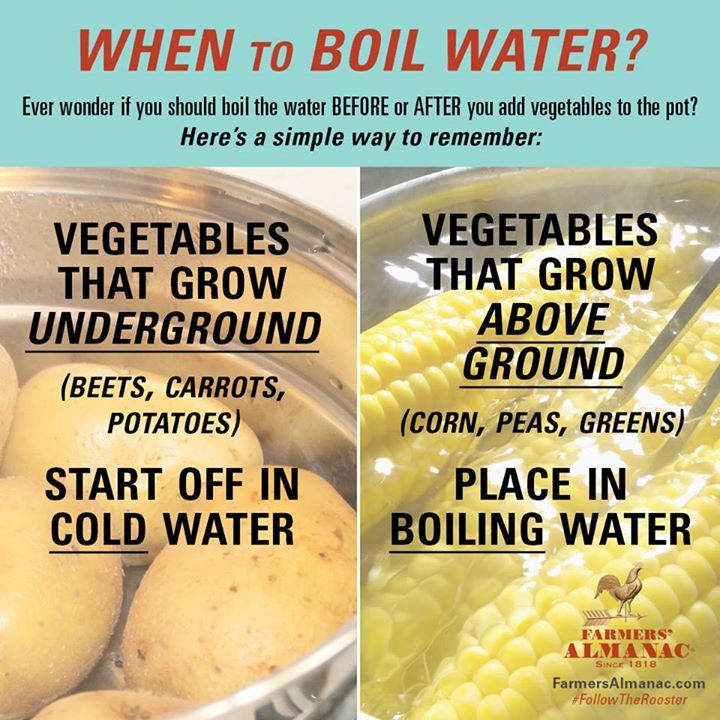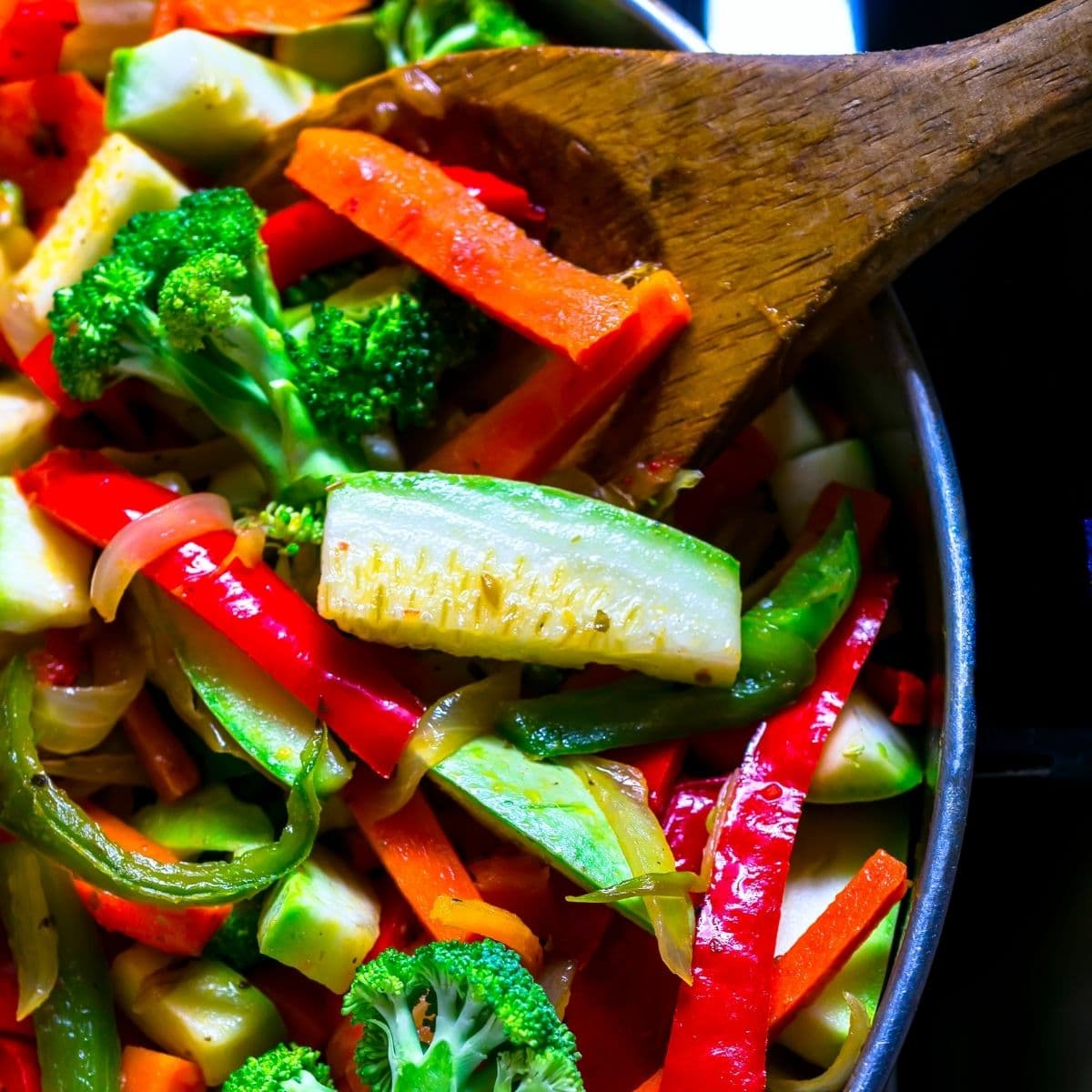
There are many factors to consider before you choose the best cooking oils for you. There are several undesirable side effects to heating oils, including smoke, toxic fumes, and bad tastes. Certain oils are neutral in taste and can be used for sauteing, roasting, or frying, while others can produce unhealthy chemical compounds when overheated. This table will help to choose the best oil for your cooking needs.
Nut oils and seed oils
Although mainstream nutrition experts aren't concerned with seed oils being unhealthy, many health professionals are now saying that they cause inflammation. This can lead to chronic diseases such heart disease, obesity, and other conditions. Joe Rogan recently interviewed Paul Saladino (a nutrition researcher at University of California Berkeley) for three hours. Cate Shawan referred to the most prevalent seed oils currently on the market as the “hateful eight."
Safflower oil
If you're wondering how to cook with Safflower oil, here's a guide. Safflower oil has high smoke points, making it an excellent choice for cooking over high heat. Safflower oil has a smoke point of around 450 degrees, unlike other oils which have smoke points below 250°. This means it can be used for sauteing, frying, and roasting.
Peanut oil
You might wonder if peanut butter is a good oil for cooking. This versatile oil has a high smoke point and is relatively neutral in flavor. However, you should keep in mind that peanut oil is not a substitute for vegetable oils. We will be discussing some of the important points to remember before you start using peanut oil in your cooking. Here are some of the best uses for peanut oil. This oil isn't harmful to your health, and it will help you make smart choices in choosing the right oil for your kitchen.

Sesame oil
Sesame oil has many benefits, and it is worth starting with its nutritional value. Sesame is rich in omega-3 fatty oils, vitamin E, as well as minerals. This versatile oil helps your body produce more of these vitamins and minerals, and can even help reduce your risk of cancer. Sesame Oil is not recommended to be deep fried as this can have adverse effects.
411
Olive oil might be something you've heard of. Olive oil is a rich source monounsaturated fats as well as antioxidants and minerals. It can also withstand high temperatures. Olive oil can be used in baking but it is best to use at the end of cooking when delicate flavors are desired. Coconut, chocolate, and citrus flavors are great pairings for olive oil. Vegetable oil, which is more commonly used in commercial kitchens than any other cooking oil, has a higher percentage of saturated fat.
Canola oil
Canola oils are one of the most common cooking oils. It is stable and affordable. A small amount can be purchased at most grocery stores for around $20. However, like all oils, canola also has its benefits and drawbacks. Here's how to choose the best canola oil that suits your cooking needs. It is the secret weapon used by many professional chefs.
Olive oil
It is important to choose the best olive oil to use in your cooking. Olive oil is stable at temperatures up to 420°F, but can easily be damaged by light. Its aroma is similar in character to a rancid crayon. Olive oil should be kept in dark bottles away from heat, oxygen, and light. It is also important to ensure the integrity of your olive oil by sealing it tightly.

FAQ
Is there a better career path for someone who dreams of becoming a chef? How can I start my career as a chef?
You should start as an apprentice if you are interested in becoming chef. Apprenticeships offer the chance to work for several year without any tuition fees. You can apply to become a sous-chef after you have completed your apprenticeship. Sous chefs are responsible for supervising cooks and helping them prepare salads or desserts. They oversee all aspects of the restaurant's operation.
What is the average time it takes to become a chef? What is the average career path in this field?
The average time it takes to become a chef is five years. In this period, you will learn basic cooking skills and experience as a kitchen assistant. After you've completed your training you can apply to be a line cook or sous chef. The annual average salary of a chef is $25,000-$60,000.
Which is the best method to store leftovers?
Tupperware containers are a good choice for leftovers. These containers protect food from spoilage and keep it fresh. They also keep foods warm for longer. You can freeze leftover food in freezer bags. You can freeze leftover food by placing it in another freezer bag. This will prevent any air from escaping. Once the food has frozen, you can transfer it to an airtight container like a zipper lock bag.
How Do I Learn About Cooking?
All over the country, cooking classes are offered. You can find courses in baking, pastry and wine tasting at many schools. You can learn more about how to cook by enrolling in a class at either a local vocational school or community college.
What is the cost of a culinary school?
Costs for culinary school vary depending on where you live, how long you study and which program you choose. The annual tuition average is between $10,000 and $30,000 Most students graduate with approximately $20,000 in debt. There are programs that offer work-study and scholarships.
What's the difference between a professional chef and an amateur cook?
A chef cooks for others. A cook prepares food for himself or herself. While both jobs involve the preparation of food, a chef interacts directly with his customers. This means that they can have to decide what food to serve customers based their preferences. The cook does not have to interact directly with customers. Instead, he or she ensures that the food tastes good before serving it to anyone.
What ingredients do I need to purchase to cook?
You don't need to buy every ingredient. Premade sauces can be found in most grocery stores. Premade meals are an option if you're looking for a way to save some money.
Statistics
- In the United States, the category is estimated at $23.2 billion annually and is growing faster than the market. (washingtonpost.com)
- The median pay for a chef or head cook is $53,380 per year or $25.66/hour, according to the U.S. Bureau of Labor Statistics (BLS). (learnhowtobecome.org)
- You'll be amazed that over 90% of CIA students receive scholarships and grants to finish their culinary studies. (ischoolconnect.com)
External Links
How To
How to cook a steak
The right cooking method for any type of meat depends on its thickness. Thicker steaks should be cooked over low heat. Thicker steaks will need to cook at higher temperatures.
They will lose their flavor if they are overcooked. You should always remove the steak from the skillet when it's done. This will prevent you from burning yourself.
Cooking times vary depending on the size and degree of doneness desired. Here are some general guidelines:
Medium Rare: Cook to medium rare. This means that the internal temperature should reach 145degF (63degC). This will take between 3 to 5 minutes per side.
Medium: Cook until medium. This means that the internal temp has reached 160 degrees F (71 degrees Celsius). This normally takes around 6 minutes per side.
Good Cooking: Cook the meat until it is done. This means that the internal temperature reaches 180F (82C). This takes between 8 and 12 minutes per side.